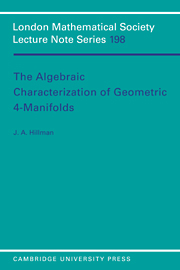 $\mathbb{S}\text{ol}^{3}\times \mathbb{E}^{1}$ -MANIFOLDS
$\mathbb{S}\text{ol}^{3}\times \mathbb{E}^{1}$ -MANIFOLDS
 ${ \mathbb{F} }_{2} $-COHOMOLOGY RINGS OF
${ \mathbb{F} }_{2} $-COHOMOLOGY RINGS OF  $ \mathbb{S} {\text{ol} }^{3} $-MANIFOLDS
$ \mathbb{S} {\text{ol} }^{3} $-MANIFOLDS
 -Manifolds
-Manifolds
